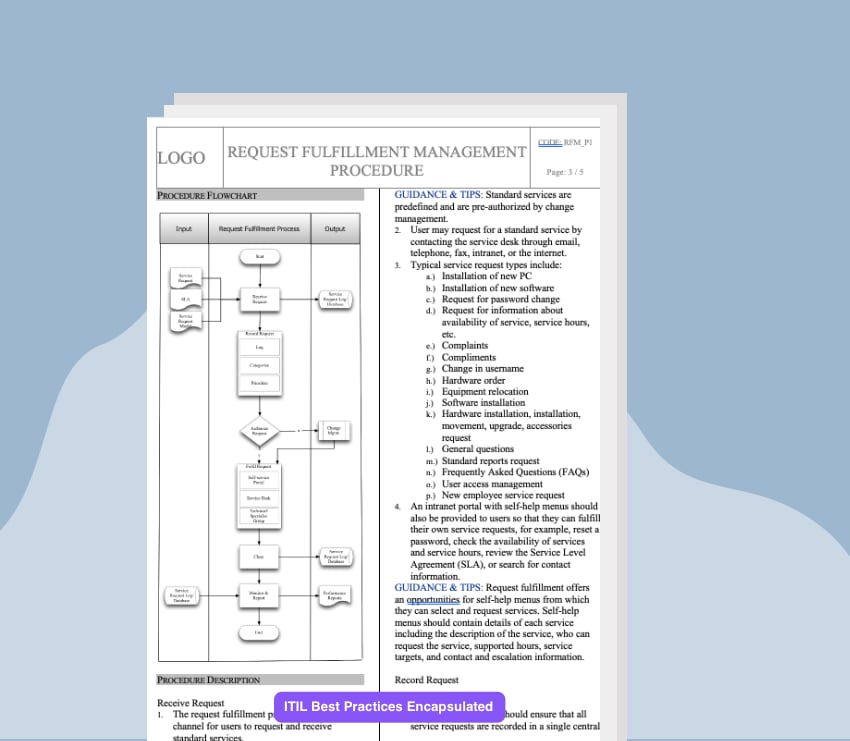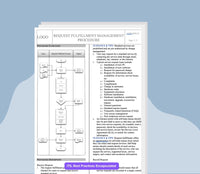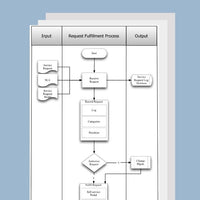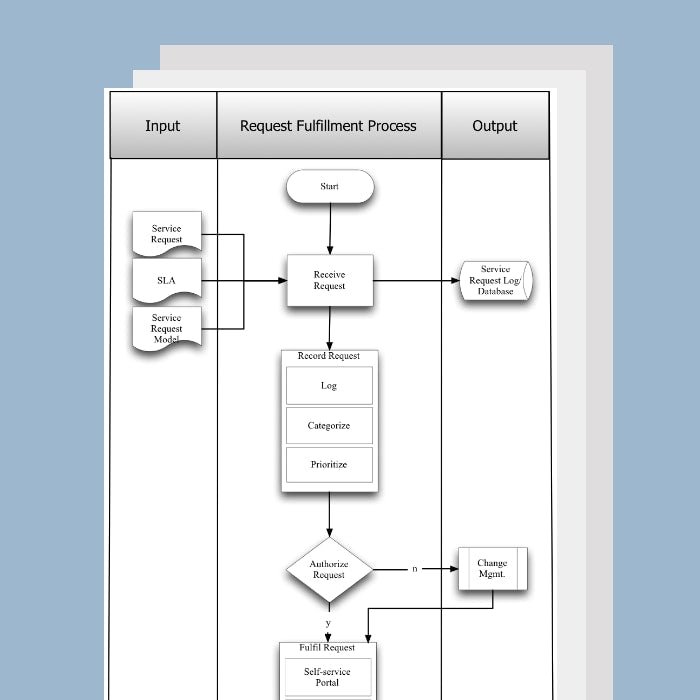
Request Fulfillment, Event & Access Management Process Templates
$79.00
Request Fulfillment, Event & Access Management Process Templates
$79.00





